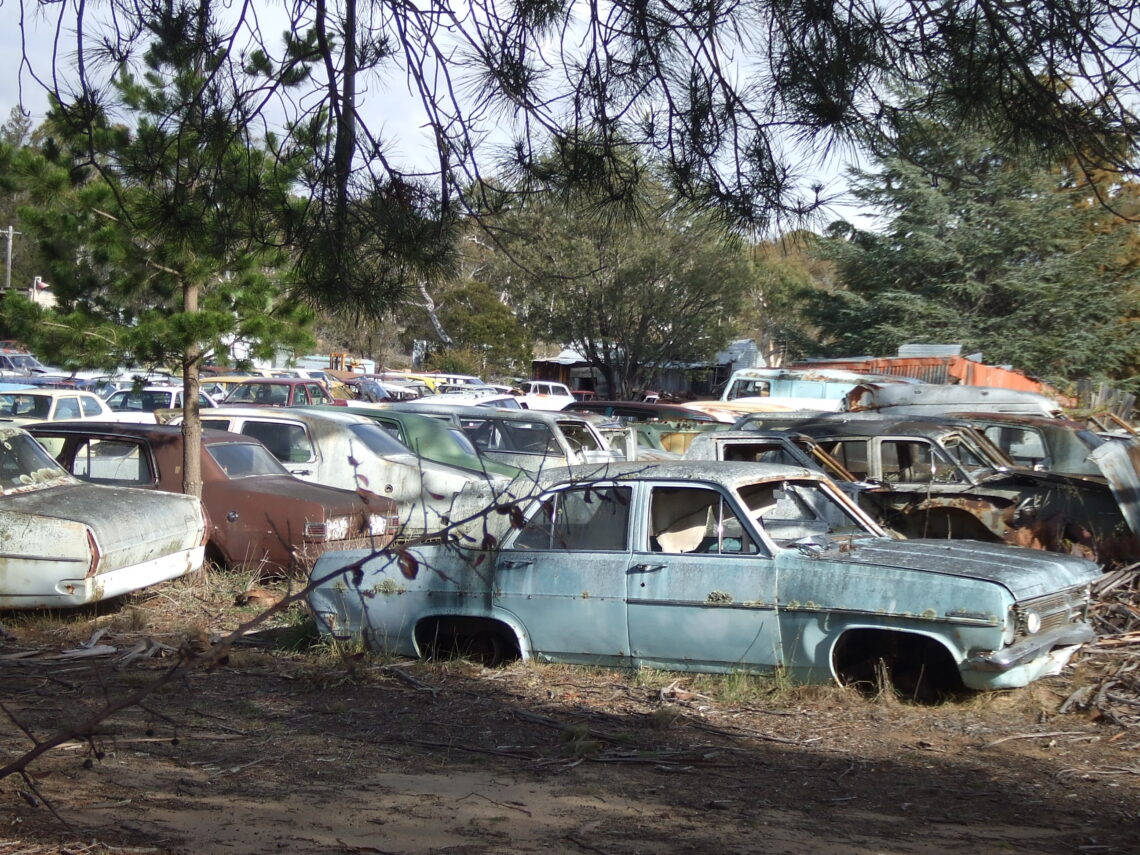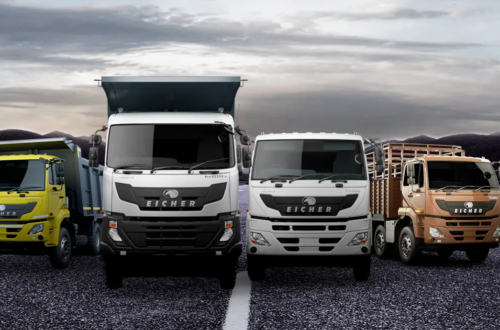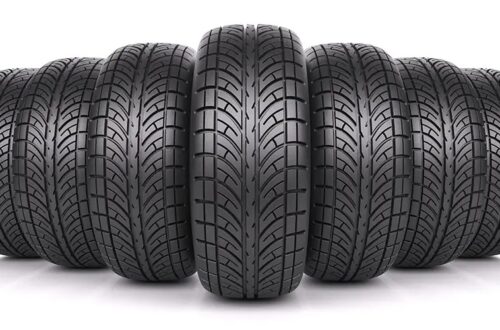As the global economy shifts towards more sustainable practices, industries are increasingly focused on reducing waste and making the most of available resources. The automotive sector is no exception, with car wreckers playing a critical role in ensuring that old vehicles are not simply discarded but transformed into valuable assets. Car wreckers are essential in the circular economy model, where products and materials are kept in use for as long as possible, and waste is minimised. By salvaging usable components and recycling materials from old vehicles, car wreckers help conserve natural resources, reduce pollution, and promote sustainability.
The Circular Economy and Its Significance
The circular economy is an alternative to the traditional linear economy, which operates on a “take, make, dispose” model. In a linear economy, products are created, used, and then discarded, leading to excessive waste and the depletion of finite natural resources. The circular economy, however, focuses on extending the life of products and materials through reuse, repair, and recycling.
Car wreckers are an integral part of this system, as they ensure that end-of-life vehicles are not simply discarded but carefully dismantled for parts and materials that can be reused or recycled. This approach reduces the need for new raw materials, cuts down on energy consumption, and prevents harmful substances from polluting the environment. By giving old cars new life, car wreckers play a vital role in supporting the circular economy and promoting sustainable practices in the automotive industry.
The Role of Car Wreckers in Recycling
One of the key contributions of car wreckers to the circular economy is their role in recycling. When a vehicle reaches the end of its useful life, car wreckers meticulously dismantle it, identifying parts that can be resold and materials that can be recycled. This process not only reduces waste but also helps lower the demand for new raw materials, which are often extracted through energy-intensive processes that have significant environmental impacts.
For instance, metals such as steel and aluminium, which make up a large portion of a vehicle’s structure, can be recycled and used to manufacture new cars or other products. By recycling these materials, car wreckers help reduce the need for mining and the associated environmental damage. Additionally, recycling metals requires less energy than producing new metals from raw ores, resulting in lower carbon emissions and a reduced environmental footprint.
Beyond metals, car wreckers Sunshine Coast also recycle other components, such as glass, rubber, and plastics. Tires, for example, can be repurposed for use in construction projects or turned into new products like rubberized asphalt. By recovering and recycling these materials, car wreckers contribute to a more sustainable automotive industry and help conserve valuable natural resources.
Salvaging Parts for Reuse
In addition to recycling materials, car wreckers play an important role in salvaging car parts that are still functional. Many components, such as engines, transmissions, and electrical systems, have a much longer lifespan than the vehicle itself. By salvaging these parts, car wreckers ensure that they can be reused in other vehicles, reducing the need for new parts to be manufactured.
This practice not only conserves resources but also benefits consumers by providing affordable replacement parts. Car owners who may not be able to afford new parts can turn to salvaged components, which are often much cheaper but still reliable. By extending the life of car parts and reducing the demand for new manufacturing, car wreckers help lower the environmental impact of the automotive industry.
Salvaging parts also supports the circular economy by keeping products in use for as long as possible. Rather than discarding an entire vehicle when only one component fails, car owners can turn to salvaged parts to extend the life of their cars, reducing waste and promoting sustainability.
Reducing Environmental Pollution
Car wreckers not only contribute to resource conservation but also play a crucial role in reducing environmental pollution. When vehicles are abandoned or improperly disposed of, they can leak harmful fluids such as engine oil, brake fluid, and coolant into the soil and waterways, contaminating the environment and posing a risk to public health. Car wreckers prevent this by properly dismantling vehicles and safely disposing of hazardous materials.
In the wrecking process, automotive wreckers drain all fluids from the vehicle, ensuring that they are safely disposed of or recycled. Batteries, which contain toxic chemicals such as lead and sulfuric acid, are also carefully removed and either recycled or disposed of in compliance with environmental regulations. By properly managing these hazardous substances, car wreckers help protect ecosystems and reduce the risk of pollution.
Additionally, auto wreckers prevent the accumulation of old vehicles in landfills, where they would take up valuable space and contribute to the growing problem of waste. By dismantling and recycling these vehicles, car wreckers reduce the strain on landfill sites and promote more responsible waste management practices.
Supporting Sustainable Development
Car wreckers are not only helping the environment but are also supporting sustainable development. By recovering valuable materials and reducing the need for new resource extraction, they help preserve natural ecosystems and contribute to the responsible management of resources. This aligns with global efforts to promote sustainability and reduce the environmental impact of industrial activities.
Moreover, the work of auto wreckers supports local economies by creating jobs in dismantling, recycling, and reselling car parts. The demand for recycled materials and salvaged parts continues to grow as consumers and businesses become more aware of the benefits of sustainable practices. As the automotive industry continues to evolve, car wreckers will remain an important part of the solution to environmental challenges, contributing to both economic growth and environmental preservation.
Conclusion
Car wreckers are essential players in the circular economy, helping to transform old vehicles into valuable resources and promoting sustainable practices in the automotive industry. By recycling materials, salvaging parts, and reducing environmental pollution, auto wreckers play a crucial role in conserving natural resources and supporting the shift towards a more sustainable future. Their work not only benefits the environment but also supports economic development by providing affordable parts and creating jobs. As the world continues to focus on sustainability, auto wreckers will remain key contributors to reducing waste and promoting a circular economy in the automotive sector.
Expand your knowledge with our blog.





